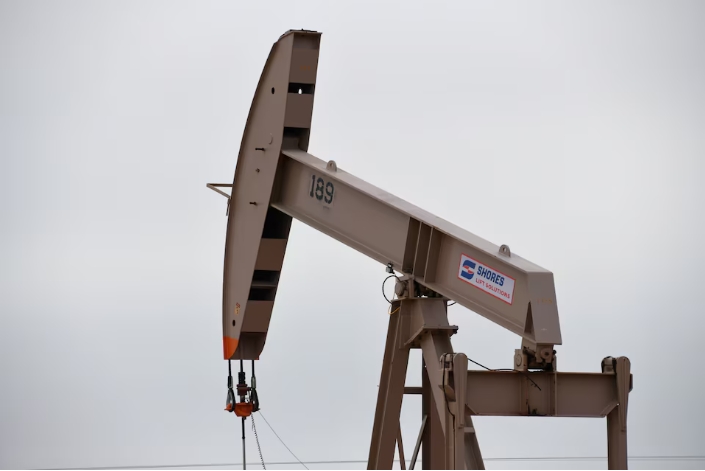
EIA projected dry gas production will ease from a record 103.79 billion cubic feet per day (bcfd) in 2023 to 103.35 bcfd in 2024 as several producers reduce their drilling activities after prices fell to a 3-1/2-year low in February.
In 2025, EIA projected output would rise to 104.43 bcfd.
The agency also projected those low gas prices would boost domestic gas consumption from a record 89.09 bcfd in 2023 to 89.68 bcfd in 2024 before easing to 89.21 bcfd in 2025 as prices rise.
If the projections are correct, 2024 would be the first output decline since 2020 when the COVID-19 pandemic cut demand for the fuel. It would also be the first time demand increases for four years in a row since 2016.
The latest projections for 2024 were lower than EIA's February forecast of 104.37 bcfd for supply and 90.64 bcfd for demand.
The agency forecast average U.S. liquefied natural gas (LNG) exports would reach 12.34 bcfd in 2024 and 14.43 bcfd in 2025, up from a record 11.90 bcfd in 2023.
That was higher than the EIA's 2024 LNG export forecast in February of 12.09 bcfd.
The agency projected U.S. coal production would fall from 581.6 million short tons in 2023 to 496.6 million tons in 2024, the lowest since 1963, and 465.8 million tons in 2025, the lowest since 1962, as gas and renewable sources of power displace coal-fired plants.
The EIA projected carbon dioxide (CO2) emissions from fossil fuels would decline from 4.810 billion metric tons in 2023 to 4.789 billion tons in 2024 as coal use declines, and 4.739 billion tons in 2025 as all fossil fuel use declines.
That compares with 4.584 billion metric tons of CO2 in 2020, which was the lowest since 1983, as the pandemic sapped demand for energy.